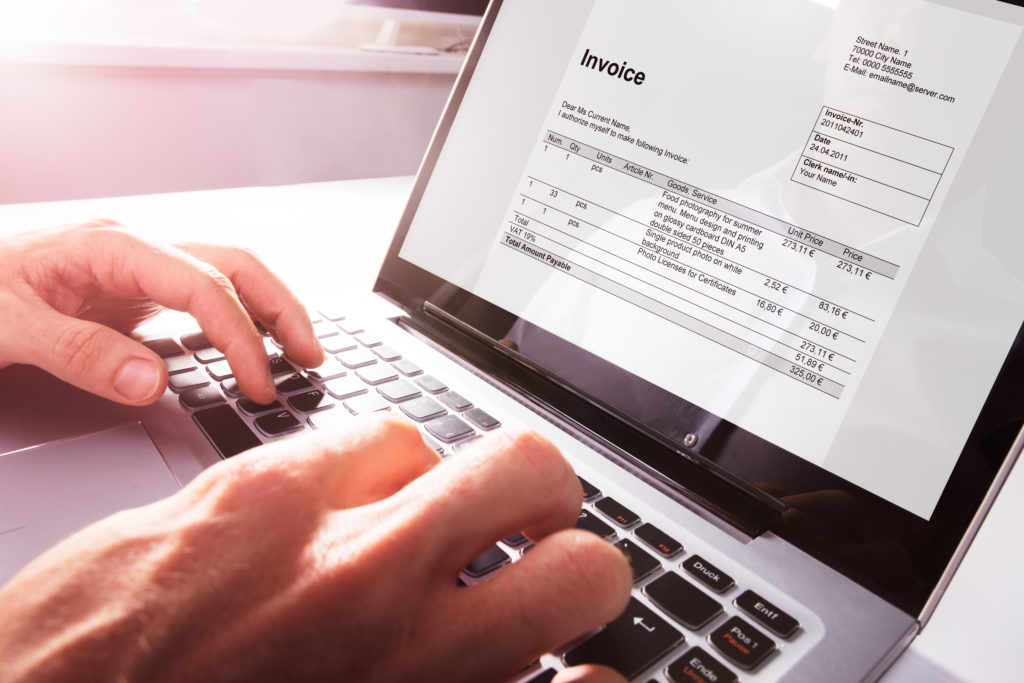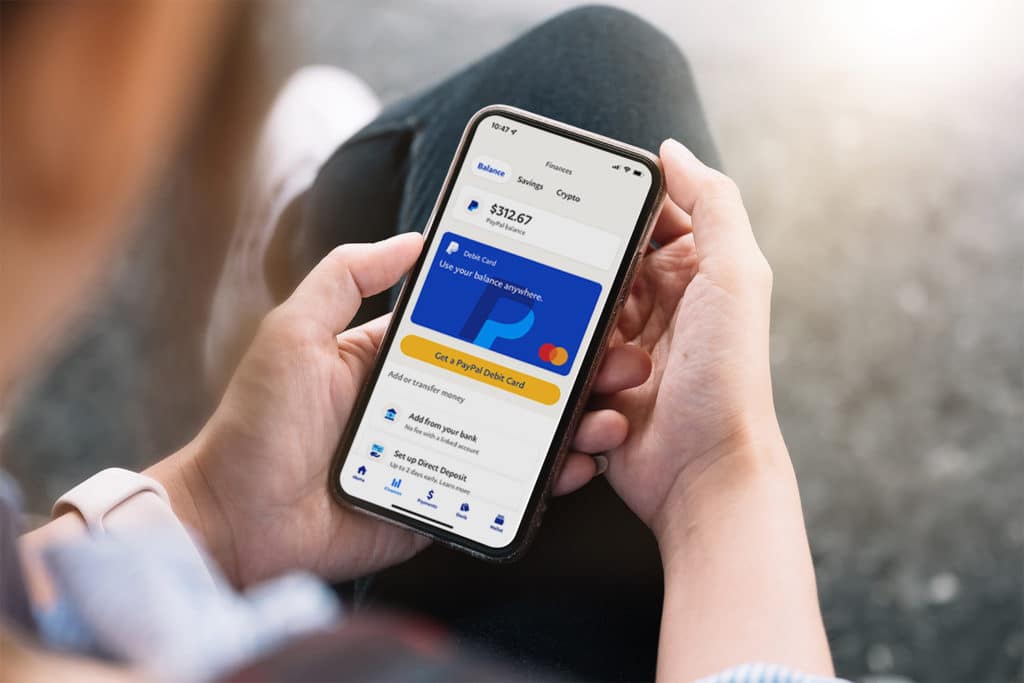As an entrepreneur, the work you do and the pay you receive for it can vary quite a bit. And, unlike with an employer/employee relationship, it’s on you to ensure each client knows when and how much to pay for a given period of time or work completed.
Typically, this is managed through invoicing: the business owner issues an invoice for the amount due, and the customer pays that amount to the business. Boiled down to those basic terms, the process of invoicing is fairly simple and straightforward. But in practice, there are a number of details you’ll need to keep in mind to ensure your business gets paid on time.
In this guide, we’ll cover everything you need to know to get started invoicing for your freelance work.
What Is An Invoice?
An invoice serves two main purposes:
- To notify the client that work has been completed and payment is due (and when that payment is due)
- To be kept as a record of the work performed and the payment received
As such, the invoice should be clear and direct to avoid any confusion — either immediately, or later on if you or the client need to review it for accounting or other purposes. It should list out exactly what has been completed, according to the terms you and the client have previously agreed on.
For example, if you work for an hourly rate, the invoice should show the number of hours worked (with a brief note on how those hours were spent), multiplied by the hourly rate. On the other hand, if you charge flat fees for specific deliverables, the invoice should list each item delivered and the fee for each.
The clearer the invoice, the better you protect yourself in the event of a dispute or accounting issue.
How Do I Send an Invoice?
There are many methods and platforms you can choose from to create and send your invoices. Payment apps such as PayPal and accounting software such as QuickBooks offer invoicing capabilities, some for free and others as part of their paid offerings.
Technically — though we don’t recommend it — you can also simply create a PDF invoice and email it to your clients. This method won’t be as easy to keep organized, however, and doesn’t leave as solid a record of the transaction(s).
If you’re a Lili Pro user, you can easily create and send invoices directly from the mobile banking app. From the main menu, select “Create a new invoice,” enter the specifics, and send away! It only takes a few minutes, and there’s no limit to the number of invoices you can create, edit, and send. You’ll receive the payment directly into your Lili account, so you won’t have to remember to transfer the funds from an outside app after you receive them.
What Are Net Terms?
The last thing you want is to send an invoice and then watch as days and weeks go by without knowing when your client will pay. Of course, you can’t force anyone to pay you on a specific date, but you can take certain measures that encourage clients to pay you in a timely manner.
That’s where net terms come in. Net terms define the period of time after which payment is due. For example, “net 30” means the payment is due 30 days after the invoice is sent.
It’s important to set clear expectations ahead of time by communicating the net terms to your client. That way, they can plan ahead, and you’ll be more likely to receive your payment on time.
Common net terms include net 7, net 10, net 15, and net 30. The right net terms for you will likely depend on your contract and type of work, as well as how often you send invoices (you don’t want to send a new invoice before the previous one has been paid!).
You can often skip the net terms and set your invoices to be due on receipt, especially if you work with small businesses or solopreneurs. Again, the important thing is that you and your client discuss expectations ahead of time, so no one is caught off guard when payment is due.
Get Paid for the Work You Do
The work you do for your clients is valuable and deserves to be compensated fairly and on time. There’s no reason that you — or your clients — should be left guessing at when and how you’ll be paid. By setting clear expectations and invoicing according to those expectations, you’ll make the payment process as quick and easy as possible for both parties.




